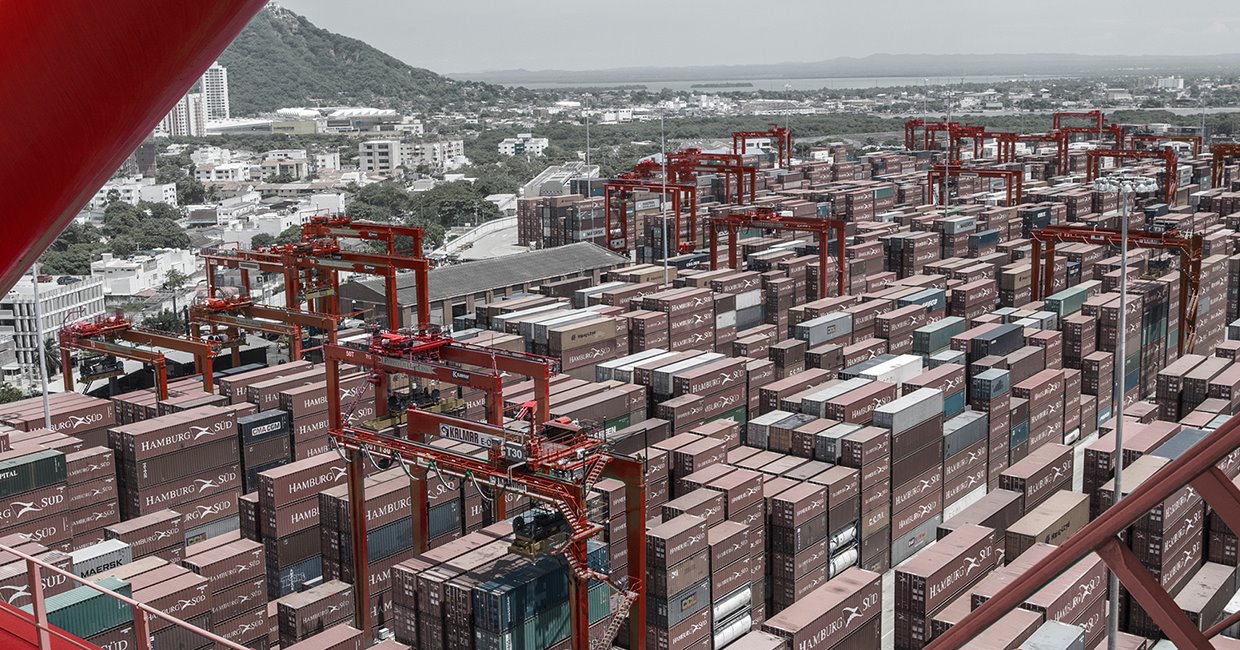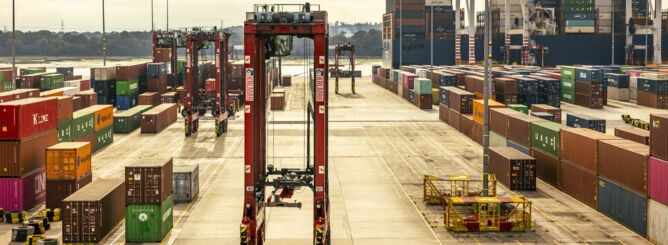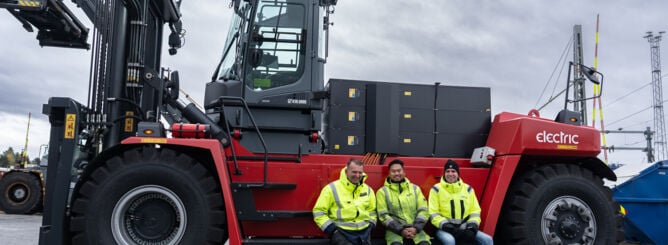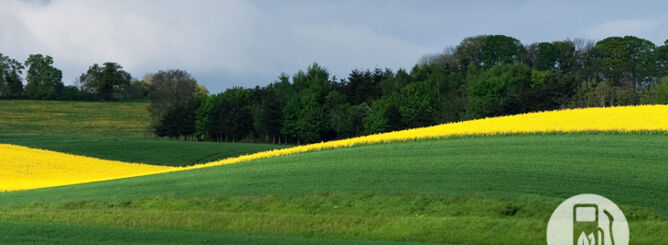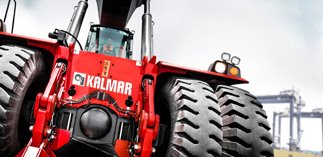Greening ports with LNG
LNG has been powering thousands of vehicles around the world for decades. Port container terminals are now jumping on the bandwagon, looking to ditch “dirty diesel” in favour of this clean-burning alternative fuel source.
LNG stands for liquefied natural gas, a clear, colourless, non-toxic liquid that is formed when natural gas is cooled to -162 degrees Celsius. This shrinks its volume 600 times, making it easier and safer to transport and store than piped gas.
Cost- and eco-efficient alternative
One of the many compelling arguments for LNG is its cost-efficiency. LNG delivers the same performance as petrol or diesel for as little as half the cost. Another strong asset is its eco-efficiency. LNG is the cleanest-burning fossil-based fuel. It burns almost completely, leaving only a small trace of carbon dioxide and water, generating about 29 to 44 percent less carbon dioxide per joule than oil and coal respectively. Besides reducing greenhouse gases, it also generates significantly lower emissions of nitrogen oxides (NOx), sulphur oxides (SOx) and toxic particulate matter.
Safety is another advantage in its favour. Lighter than air, LNG disperses rapidly in the event of a spill without creating a fire hazard as do petroleum-based fuels. LNG is transported and stored in the same way as oil products, making it less sensitive to political hotspots and conflicts than a gas pipeline, which is easy to destroy, and often difficult to protect.
Natural gas is abundantly available at reasonable cost.
Natural gas is abundantly available at reasonable cost. Indeed, greater availability is one key reason why port container terminals are showing interest in switching from diesel to LNG-powered yard equipment. LNG infrastructure is under development in many parts of the world, with new production plants mushrooming over the past decade.
The cost of extracting and processing LNG is currently more attractive than crude oil and renewable resources, such as wind and solar energy. One of the world’s current top LNG exporters is the USA, which is home to over 25 major natural gas reservoirs that are said to contain three times the energy of Saudi oil fields. India and China are also expanding LNG production to feed their fuel-hungry economies.
New LNG applications are currently being researched under the EU-funded GREENCRANES project launched in 2011 to develop green technologies for port container terminals, an energy-intensive sector with major potential to reduce carbon footprint. Kalmar is involved in an expert capacity, piloting a new dual-fuel (LNG and diesel) reachstacker designed to reduce greenhouse gas emissions whilst increasing productivity. The revolutionary prototype was unveiled in January in the Port of Livorno, Italy.
A reachstacker is a huge machine that consumes a vast amount of fuel because of its sheer mass, even in ECO mode. Tests with the new prototype confirmed that fuel costs can be reduced by as much as half by replacing diesel with LNG. In addition to lowering fuel costs, LNG was also found to significantly reduce environmental impacts, with carbon dioxide emissions cut by 20 to 30 percent and heavy metal emissions almost eliminated. The positive environmental effects are particularly pronounced in applications where idling is the dominant mode.
Rising demand
Tests with Kalmar’s new reachstacker indicate that total cost of ownership is very favourable when diesel is replaced with LNG. If the average operating cost for diesel is 12.80 euros per hour, the corresponding figure for LNG is 8.43 euros. For 3,000 operating hours, this adds up to annual savings of 12,750 euros.
With many port container terminals already investing in infrastructure for LNG-powered vessels, there are strong indications that demand is rapidly rising also for LNG-powered yard equipment.
